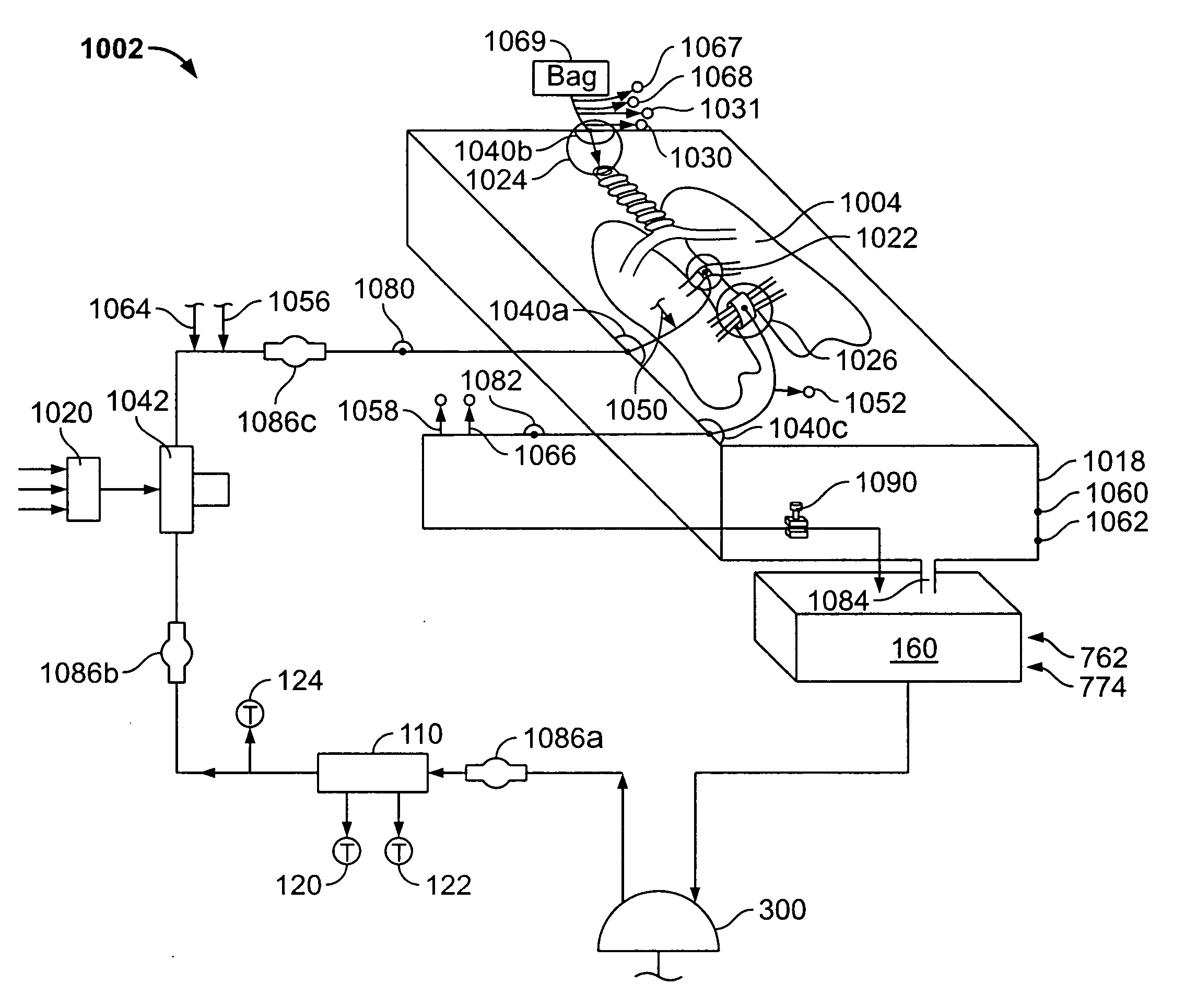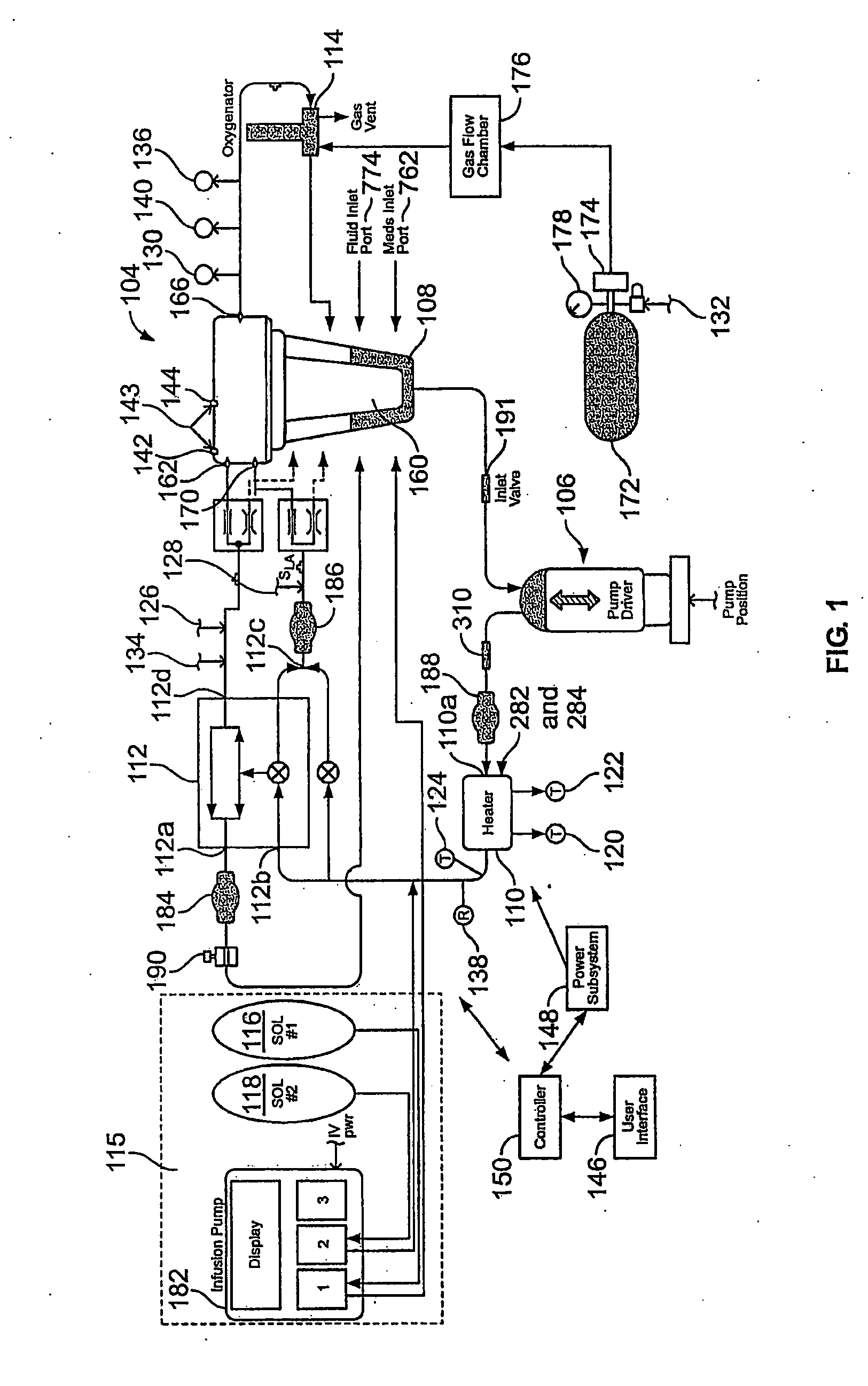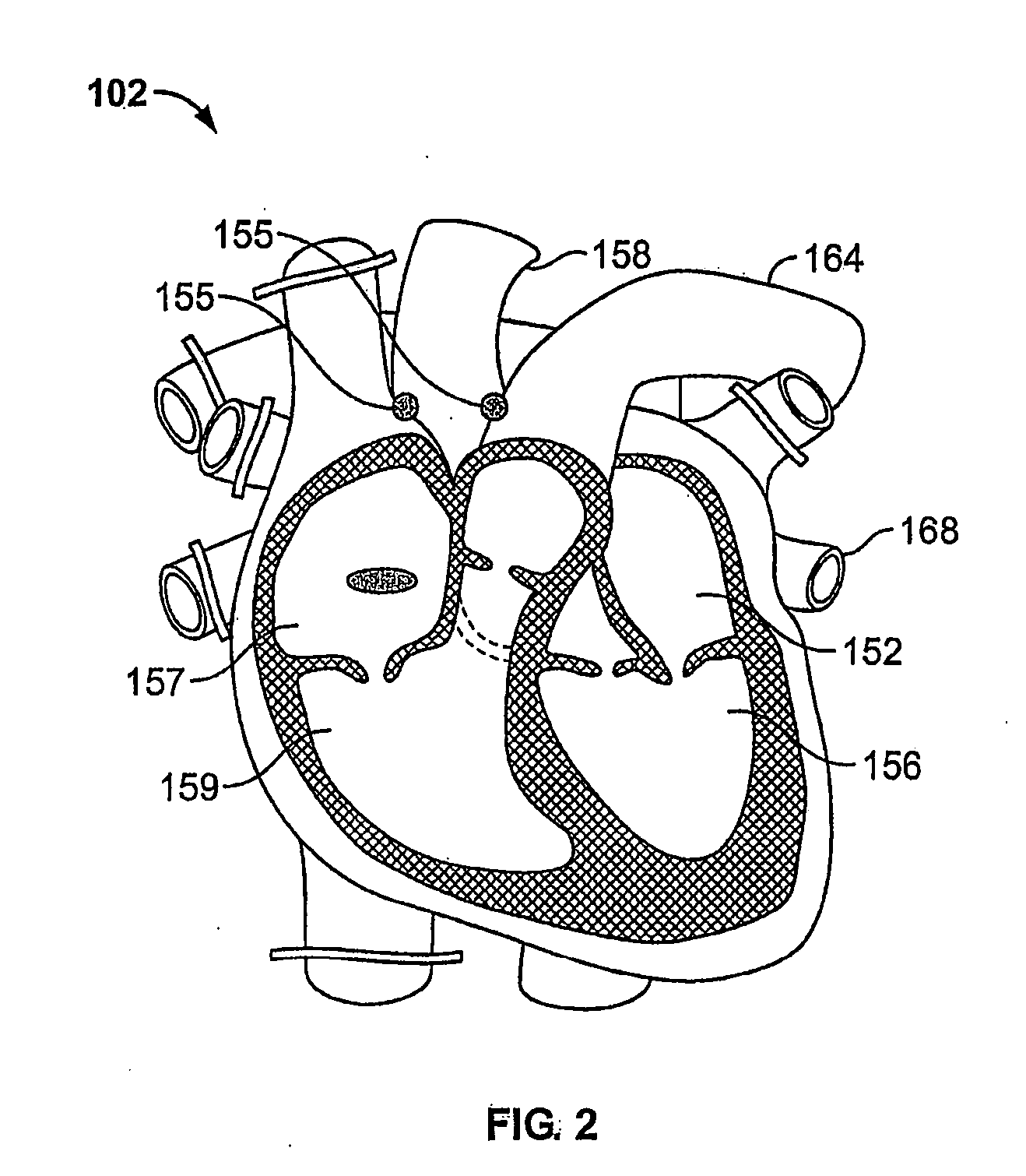Systems and methods for ex vivo organ care
a technology of systems, applied in the field of systems, methods, devices for ex vivo organ care, can solve the problems of limiting the recipient pool of a harvested organ, unable to adequately protect the organ from damage, and particularly undesirable injuries, so as to reduce the turbulence of the perfusion fluid
- Summary
- Abstract
- Description
- Claims
- Application Information
AI Technical Summary
Benefits of technology
Problems solved by technology
Method used
Image
Examples
Embodiment Construction
[0101] As described above in summary, the invention generally provides improved approaches to ex vivo organ care. More particularly, in various embodiments, the invention is directed to improved systems, methods and devices relating to maintaining an organ in an ex vivo portable environment. According to one improvement, the organ maintenance system of the invention maintains a heart beating at or near normal physiologic conditions. To this end, the system circulates an oxygenated, nutrient enriched perfusion fluid to the heart at near physiologic temperature, pressure and flow rate. In other embodiments the system maintains other organs, such as one or more lungs, at or near normal physiologic conditions. According to one implementation, the system employs a perfusion fluid solution that more accurately mimics normal physiologic conditions. In one embodiment, the perfusion fluid is blood-product based. In alternative embodiments, the solution is synthetic blood substitute based. In...
PUM
 Login to View More
Login to View More Abstract
Description
Claims
Application Information
 Login to View More
Login to View More - R&D
- Intellectual Property
- Life Sciences
- Materials
- Tech Scout
- Unparalleled Data Quality
- Higher Quality Content
- 60% Fewer Hallucinations
Browse by: Latest US Patents, China's latest patents, Technical Efficacy Thesaurus, Application Domain, Technology Topic, Popular Technical Reports.
© 2025 PatSnap. All rights reserved.Legal|Privacy policy|Modern Slavery Act Transparency Statement|Sitemap|About US| Contact US: help@patsnap.com



